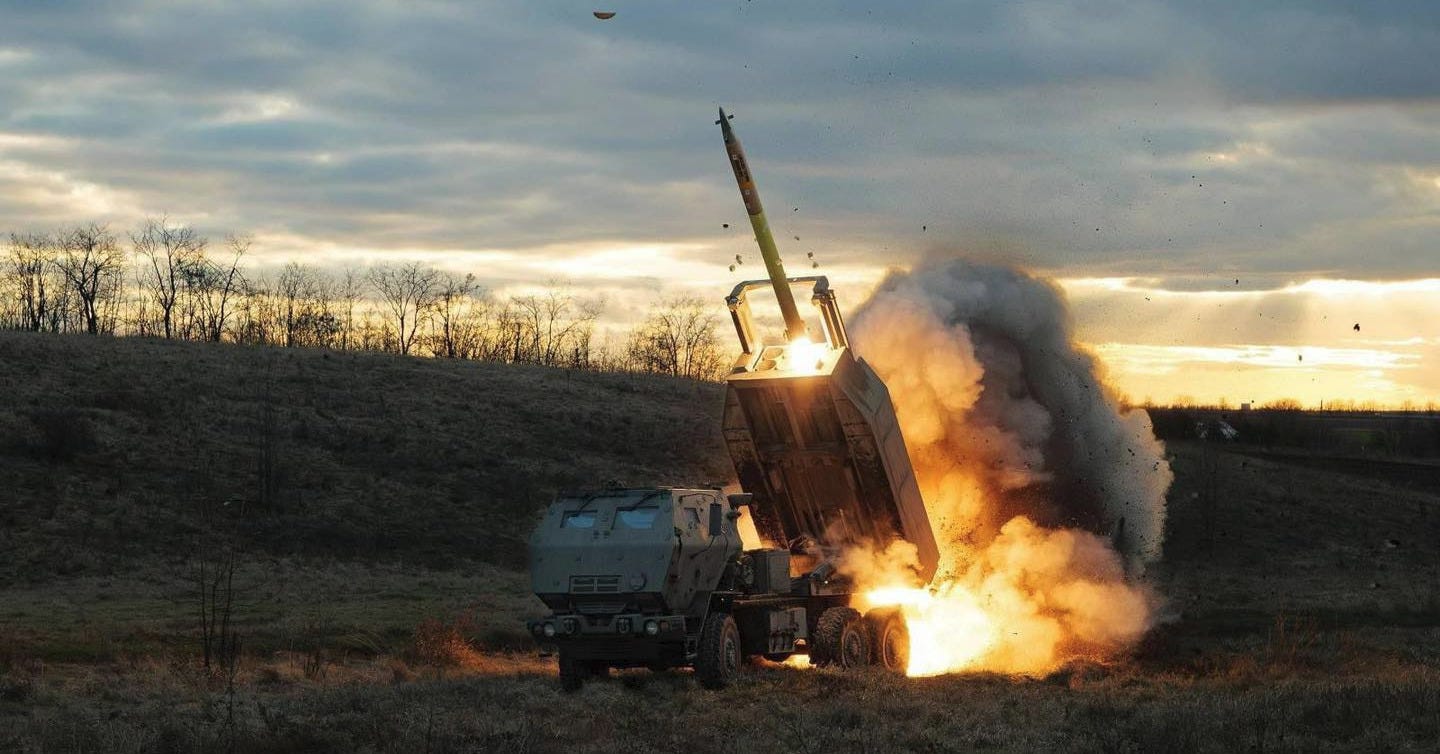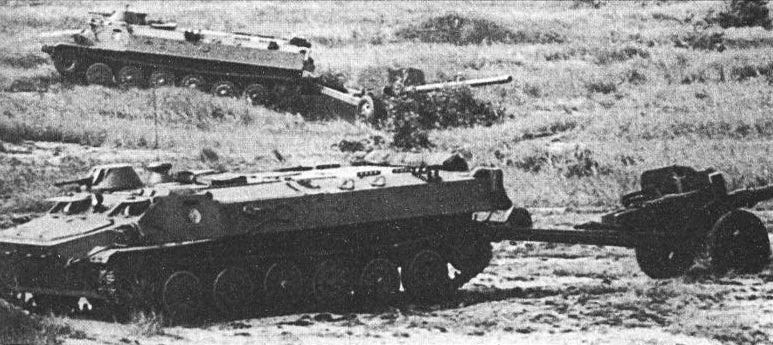A Russian Missile Blew Up Another Ukrainian HIMARS
But the loss of another launcher isn't the HIMARS force's biggest problem
A Russian Iskander ballistic missile cued by a drone struck and destroyed a Ukrainian High-Mobility Artillery Rocket System launcher around Kramatorsk in eastern Ukraine on or just before Friday. Eight Ukrainian soldiers reportedly died.
It’s the third wheeled HIMARS the Ukrainians have lost in 38 months of hard fighting since Russia widened its war on Ukraine. Several others have been damaged.
The loss of another precious HIMARS, out of 43 of the launchers Ukraine has received from the United States and Germany, deals a blow to the Ukrainian war effort. But losses to Russian missiles aren’t actually the most serious threat to the Ukrainian artillery brigades that operate the HIMARS—as well as two dozen tracked M270 launchers, which fire the same precision-guided rockets.
No, it’s a collapse in U.S. support that poses the greatest threat.
HIMARS are among the best fire-support systems in the Ukrainian armed forces. Moving quickly and firing M30/31 rockets out to a distance of 57 miles, the HIMARS have landed some of the most devastating strikes on Russian artillery and troop concentrations. Last month, a single HIMARS may have damaged three of Russia’s North Korean-made M1989 howitzers.
“The word ‘HIMARS’ has become almost synonymous with the word ‘justice’ for our country,” Ukrainian president Volodymyr Zelensky said in 2022.
But at present, the HIMARS strictly fire U.S.-made rockets. If U.S. president Donald Trump once again freezes U.S. aid to Ukraine, like he did in late February and early March as part of a ploy to pressure Ukraine into accepting Russian demands, the HIMARS batteries could run out of ammunition.
Without donated rockets from the United States, or permission from the White House to purchase rockets, Ukraine would eventually have two options: park the HIMARS and accept a serious loss of front-line firepower, or find another source of rockets that isn’t the United States.
It’s unclear how many of the 660-pound M30/31 rockets Ukraine has received, how many it has fired and how many it has left. The administration of former president Joe Biden spent $1.2 billion replacing HIMARS-compatible rockets it sent to Ukraine, which should translate into around 7,000 rounds.
It’s possible the Americans didn’t replace every rocket they donated to Ukraine, however—so it’s not inconceivable that Biden sent around 10,000 M30/31s to Ukraine before leaving office in January. Trump hasn’t authorized additional aid in the three months since then.
At their maximum realistic rate of fire, a battalion with 16 HIMARS—the Ukrainian army has at least two battalion-equivalents—fires around 200 rockets a day, according to retired U.S. Army Gen. Mark Hertling. The Ukrainian army could easily fire 400 M30/31s every day.
That would’ve depleted a stockpile of 10,000 rockets in less than a month. The implication, of course, is that the Ukrainian army doesn’t fire M30/31s at the maximum possible rate. Instead, it saves the HIMARS for the most urgent missions—firing quickly at fleeting targets with high military value. North Korean howitzers, for example.
Precious launchers
All that is to say, the Ukrainians use their HIMARS sparingly—and thus may have rockets in reserve. How many rockets may be in reserve is a mystery, however, and prudent Ukrainian planners would already be looking for alternatives to the American-made M30/31s.
There are options, in theory. The United Kingdom, Germany, Italy and France all operate M270s and could donate HIMARS-compatible rockets from their own stockpiles. Even that would be a stopgap, however, as European armies are notorious for the thinness of their ammunition stocks.
German industry has expressed interest in producing HIMARS rockets. But the German factory could take years to get running. Even when it is running, it might import parts from the United States. The U.S. government could leverage export controls to block the finished rockets from going to Ukraine.
British and French industry are also working on locally-made ammunition for their countries’ M270s. It’s unclear how quickly these European rockets could enter production—and they too might be subject to U.S. regulations.
The other possibility is Turkey, whose industry has developed—but not yet produced in meaningful quantities—a HIMARS-compatible rocket called the SAGE 227. Would Turkey put the SAGE 227 into production on Ukraine’s behalf?
Unclear. But it is clear that Ukraine’s HIMARS batteries are in danger. And Russian missiles, which so far have knocked out the wheeled launchers at a rate of around one a year, aren’t remotely the biggest threat.
Read more:
Russia Is Burning Through One Of Its Last Stocks of Old Cold War Vehicles
The 17-ton, eight-person MT-LBu is a Soviet-designed amphibious tractor that is almost always unarmed in its myriad versions, unlike the smaller MT-LB tractor that preceded it into service by a few years. Both vehicles have no more than 10 millimeters of armor—barely enough to stop small-arms fire.







